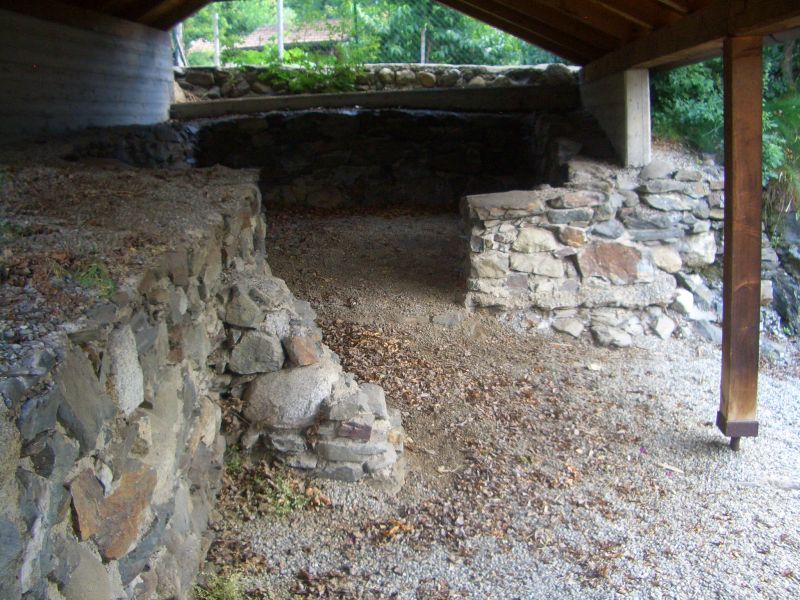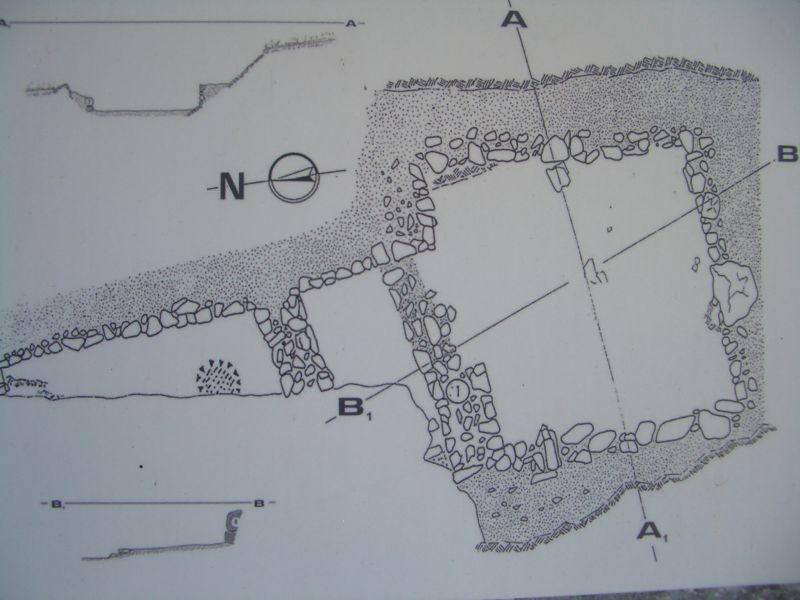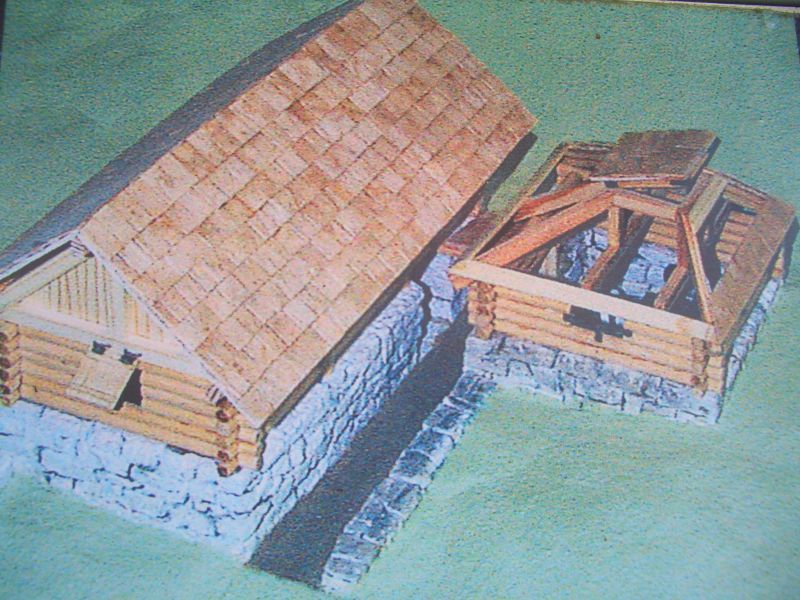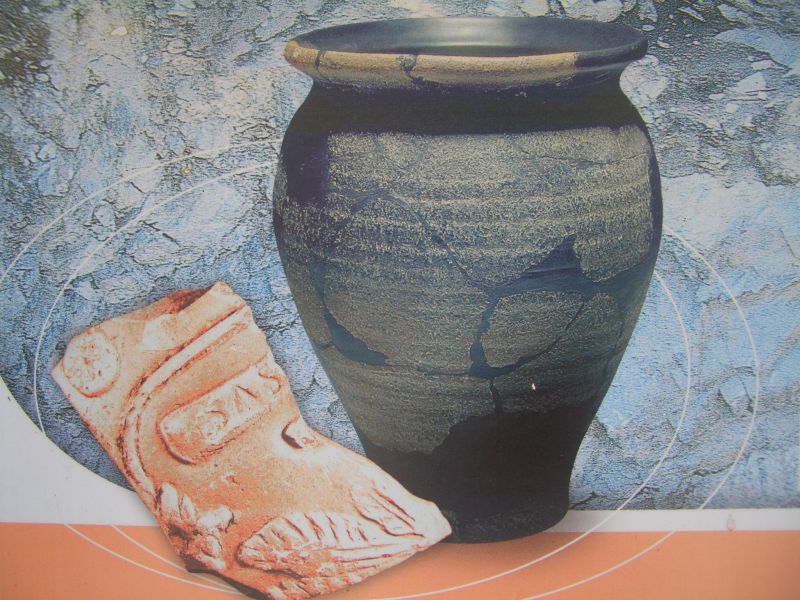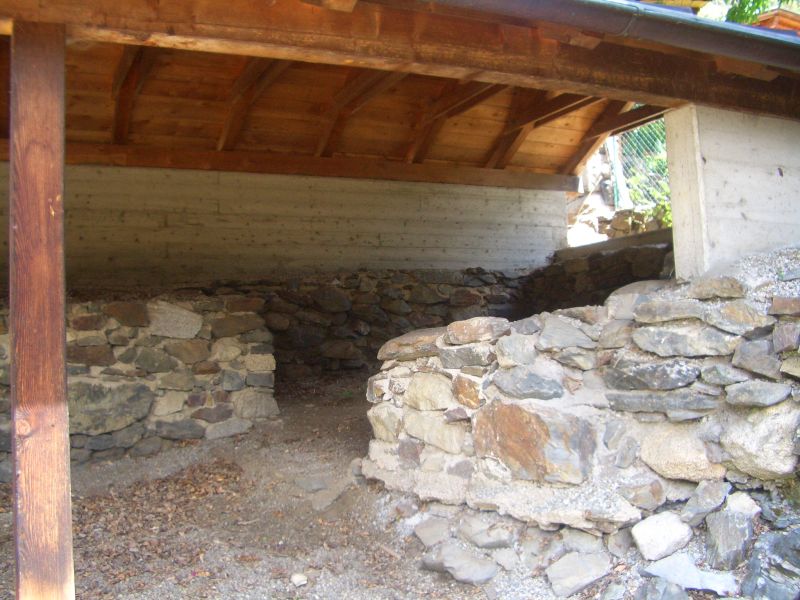Country-house of the roman age in our garden
The plateau of Naz-Schiave situated between the rivers Isarco and Rienza, has been inhabited since the Neolithic Age thanks to its favourable climate and position. There is much evidence of inhabitancy (apart from this house) of the Roman period, especially in the localities Kreuzwiese and Mooswiese.
This house is a building consisting of three consecutive rooms, only one of which can be reconstructed in its entire perimeter. The building must have been a rather modest one, partially leaning against the rock, with a stone base. The remaining parts would have been in wood and it probably had a thatched roof. The building technique resambles that of houses of Raetia with hardly any traces of Roman influence, except for the limited use of plaster. The objects found inside were mostly clay ollae locally produced; the tableware included a few fragments of terra sigillata of italic and gallic origin. The numerous traces of slag found on the pavement in the larger room lead one to believe that the space was used as a forge. The use of this building seems to date back to the 1st-2nd century AD. There are also very scant traces of temporary use in late medieval times.
